But Can You Just PO?
Taming the SRU
DECEMBER 17, 2024
Other contraindications include those who are unable to drink liquid (respiratory problems or impaired unconsciousness) and patients in shock, persistent vomiting, or with an ileus. This has been particularly validated in pediatric literature; however, this can be applicable to the adult patient population within the right circumstances i.e







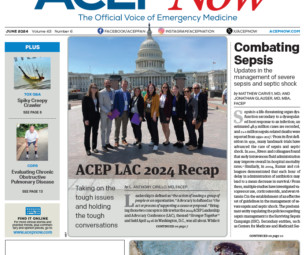



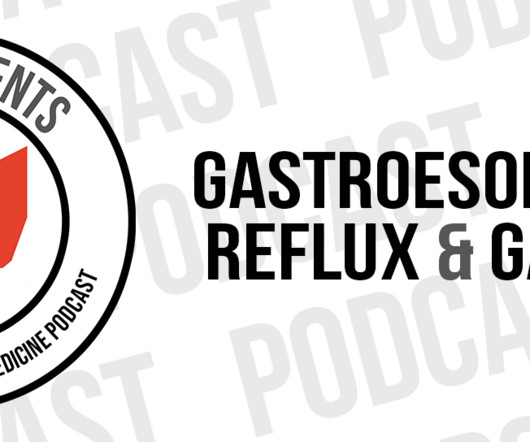








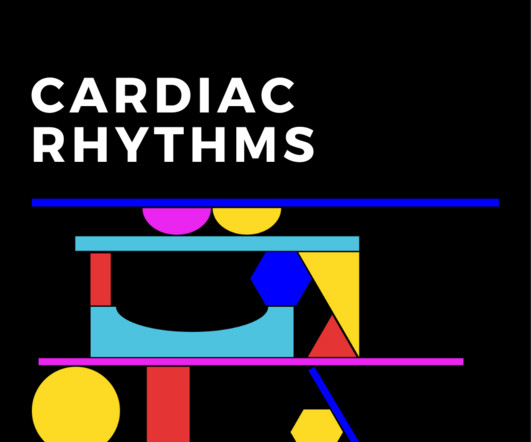




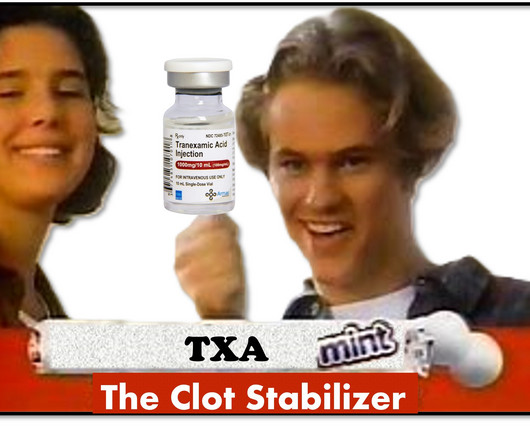




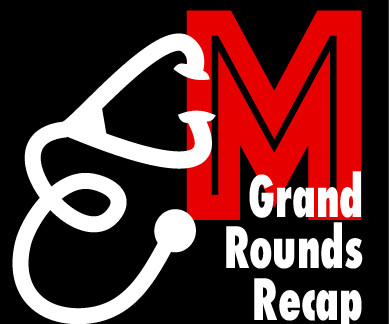










Let's personalize your content